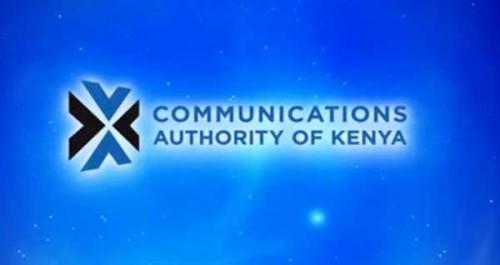Broadcasters in Kenya have been told to meet the 40% target of local content programming required by the government come June next year.
The Communications Authority of Kenya, through the department of Multimedia services said media houses must work to achieve all the set targets provided for in the road map for Television broadcasting.
The targets set by government require broadcasting stations to have met 40 per cent local content by June 2015 and a 68 per cent requirement by the year 2018.
Speaking at a breakfast meeting, Francis Wangusi the Director General at the Communications Authority said failure to meet the set targets may force CAK to impose harsh penalties.
Wangusi said CAK will use part of the Universal Service Fund to help young producers create and realise their own content.
The body said it was disappointed that some of the media houses only broadcast up to eight per cent of the local content while others are already doing well to meet the target, including KTN and GBS.
All media houses have also been told to ensure they have sign language interpreters by end of 2014, in order to cater for people with disabilities as well as maximise the use of Information Communications and Technology (ICT) in their broadcasting.
“Managing content promotes diversity, cultural identity of a nation as well as matters of public concern,” said Harun Mwangi, the chief executive at Media Council of Kenya (MCK).
Mwangi said media houses must change commercial models of broadcasting if they are to meet the local content law and come up with a mechanism to ensure the 40 per cent is met.
The Kenya Copyright Board (KECOBO), also at the local content development meeting urged content creators and producers to ensure that the content produced is always copyrighted to promote growth of the economy.
“According to a research by KECOBO, copyrighted content contributes up to 5.3% of Kenya’s GDP,” said Marisella Ouma, the chief executive officer at KECOBO.
CAK said promoting local content will provide an opportunity that will see job creation for the youths who are passionate about digital issues.
Broadcasters have also been asked to monitor the content they air during the watershed hours, 5.00am to 10.00pm and thereafter change to adult content gradually, not ten minutes later.





